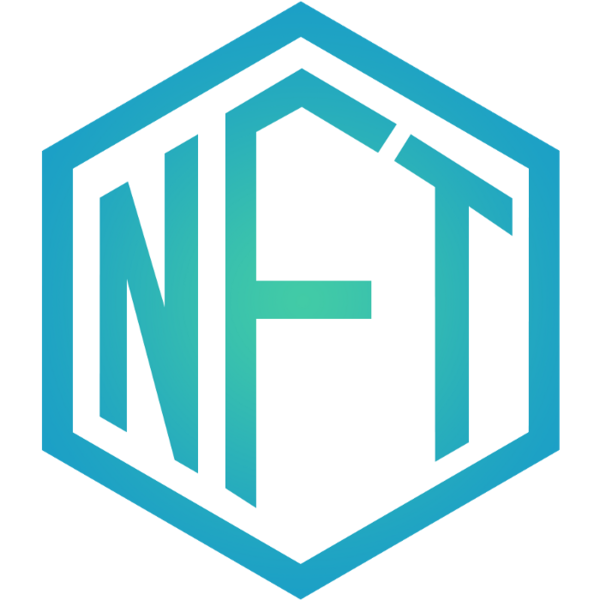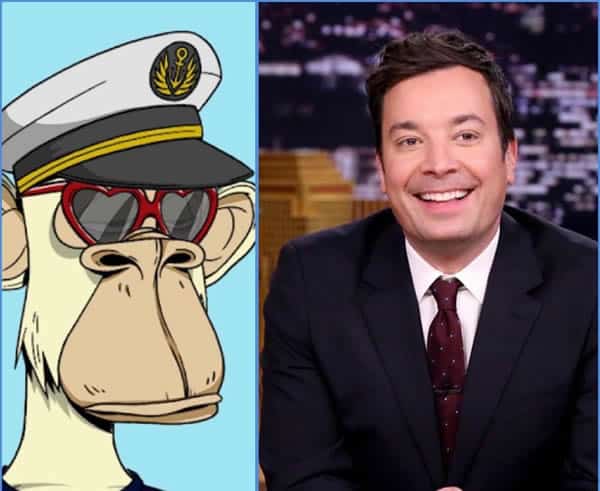If you’re considering starting an art collection or already collecting works of fine art and have heard about extraordinary sales prices for digital art, you’ll want to learn more about what is dubbed “NFT art collection” by the media and what affect it is having on the art business.
“NFT” stands for non-fungible token and is a special blockchain entry that you can have assigned to your own digital wallet. In theory, this means you own whatever that same blockchain entry points to via URL. Confused already?
We can help. You can also take a look at our art collectors guide for info on less speculative, more enjoyable forms of art collecting.
What Is NFT Art?
Perhaps the biggest point of confusion in the art world and popular media is the misconception that “NFT” is a new form of art that is different than other digital art. An NFT is simply a digital record of varying value…
Unlike dollar bill A, which can buy exactly as many goods or services as dollar bill B, NFT A could be worth much more than NFT B because they reference two different digital files. Non-fungible just means the values of each token are not the same.
So “NFT art” is a misnomer, but what it describes in popular media is various artists who create digital works stored as JPGs, PNGs, MP4s, and other digital formats. When you “buy” an NFT that already points at a JPG of a Bored Ape, it references your wallet as its current owner. You’ll see people on Twitter claiming they own that particular JPG even though there are possibly infinite copies of it floating around.
To be clear, “NFT Art” just refers to digital art of any existing format at which someone has “minted” an NFT which points at its URL. There are also NFTs that point at other things like Jack Dorsey’s first Tweet or pictures of NBA stars dunking basketballs.
Various already-successful artists had some success in 2021 and early 2022 selling NFTs pointing at their digital creations. Significantly more fraudsters minted NFTs pointing at digital works of any artists they could find and made money selling fraudulent NFTs. Many artists who weren’t well-known for digital works also minted NFTs that cost them $100s of dollars each in “gas tax” that never sold or sold for less than the gas tax.

What Do NFTs Mean for Creators?
In theory, NFTs establish ownership of digital art. For creators of both traditional and digital art, protecting their intellectual property has always been challenging. Theoretically, an artist should be the only one making money off of a particular piece of art until they choose to sell it and any related rights.
With any computer’s ability to copy a digital file infinite times with perfect fidelity, maintaining ownership of digital files is significantly more difficult than a single sculpture, painting, etc. that can be physically controlled.
If creators were always getting credit for their creations, they would naturally receive more economic benefit. Unfortunately, one of the many problems with NFTs is that anyone can point an NFT at any digital file and then sell it on unscrupulous marketplaces. Lots of buzz has been created but little money has been made by artists other than a few extremely lucky artists who sold NFTs early in the craze before the general public woke up to what Bill Gates refers to as the “greater fool theory” of NFT value.
While the crypto/Ethereum NFT implementation has already been found to be deeply flawed, press around it has brought to light the need for better attribution and provenance tools in the art world. ETChster’s Etchings are one such solution, bi-directionally linking tangible fine art and to physical NFTs that store chain-of-title, photos, and other details.
Will some of the artists who caught the NFT wave before it crashed be able to parlay that momentary fame into more lasting recognition. Hopefully, the more talented ones will. They’ll also be filing really complicated tax returns on their dealings with both NFTs and the underlying cryptocurrency such as Ethereum.
How Do NFTs Connect Art Collectors and Artists?
Let’s talk more about the way NFTs are supposed to work in a theoretical sense.
- The artist creates something digital and fantastic in a program like Adobe Illustrator.
- The artist then goes to OpenSea, Rarible, or another NFT marketplace and mints an NFT pointing at that file via a URL that contains the file’s location on a server. The NFT appears in the artist’s wallet.
- An interested art collector sees the work and likes it enough to buy the NFT in exchange for cryptocurrency. The NFT changes wallets while still pointing at the same file.
- The collector can see the NFT in their wallet, enjoy it, and then sell it for profit, if that is the goal.
In the above scenario, NFTs have established a digital connection between an artist, a particular work, and an art collector. Thus, provenance and authenticity are proved.

While the reality of NFTs is quite different due to all the inherent flaws in the technology, the NFT fad has certainly brought prominence to certain creators such as Yuga Labs (makers of Bored Ape Yacht Club), Beeple, and others.
Celebrities such as Snoop Dogg, Jimmy Fallon, Madonna, and Justin Bieber have publicly displayed the images associated with NFTs they’ve purchased. Twitter added a tool that allows you to use the image associated with an NFT as your profile picture.
Many crypto-millionaires have speculated in NFT-collecting as well. So despite the crypto NFT bubble that has now burst, lots of attention has been generated by the NFT phenomena and new connections between artists and art collectors have been established with collecting traditional art being a good investment.
At ETChster, we believe the whole phenomenon, in conjunction with projects like ours, has art collecting popularity growing, especially among the middle-class.
How to Decide What to Collect?
Caution: If you are considering collecting crypto NFTs as an alternative to other investments such as purchasing the stock of publicly-traded companies or real estate, be sure you understand what has happened to NFT values since they first made their appearance in the mainstream press. Collecting fine art can be a good investment if you stick to blue-chip artists or find an artist before the art world does. NFTs are more closely correlated with cryptocurrency itself, however.
If you feel comfortable with the highly speculative side of NFTs and the related tax complications of holding cryptocurrency, then you should consider a number of criteria when making a purchase:
- Is the NFT pointing at a piece of art that you presently enjoy and that you might enjoy looking at over and over in your digital wallet?
- Are you able to purchase the NFT directly from the artist? Artist listings in marketplaces count.
- If not listed by the artist, can you establish provenance? Are you able to see that the NFT’s current owner bought it from the artist?
- If you think that NFTs will start appreciating again, is the artist someone who had appreciating NFTs in the past?
- Are there any associated benefits of ownership such as club memberships for which the NFT grants you access?
If you’re completely new to the space, read up on The Bored Ape Yacht Club, for example. You’ll find 10,000 NFTs were minted pointing at 10,000 ape images with varying colors, clothing, accessories, etc. Some early purchasers made money buying low (before celebrities got involved) and selling high (before the NFT market crashed).
Conclusion
As mentioned above, collecting NFTs is not the same as collecting art in any form. To even consider getting involved, you should do your research. Our Problems with NFTs article will give you a great set of issues to consider.
If you don’t already have familiarity with holding cryptocurrency, you’ll also need to get familiar with how to transact with it and file your taxes correctly.
While the present state of crypto NFTs is concerning, this is only the first wave for digital artists. Hopefully, there is a technologist somewhere coming up with a system that actually establishes ownership of a digital file.
In the meantime, projects like ETChster have been tackling more solvable problems of authenticity, provenance, and story-telling for traditional artists and art collectors by creating a bi-directional system where a work of fine art can point at its digital record, and vice versa. Check out ETChster’s art collection management software to learn more.
Why not have a read of our “What Is a Physical NFT and How to Use It” article next?

